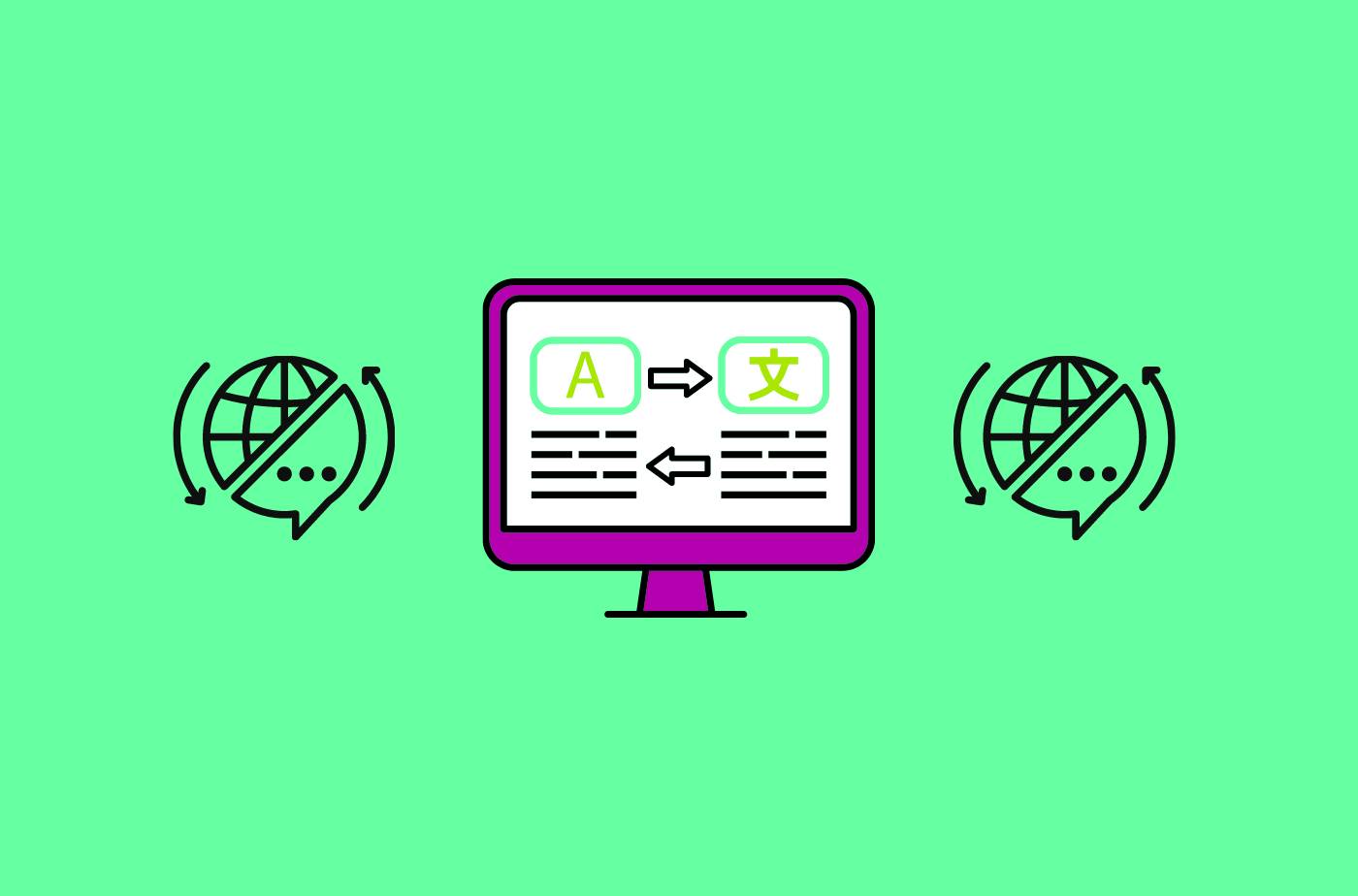In Video production
As YouTube continues to grow as a global platform, content creators face an ever-increasing challenge: how to reach audiences that speak different languages and come from diverse cultural backgrounds.

Management

English might be the dominant language on YouTube, but the most effective creators know that true global reach requires more than just subtitles. It demands a comprehensive approach to translation and localization that respects the nuances of language, culture, and viewer preferences. This is where specialized web services for video translation and voice acting come into play, empowering creators to connect with their target audiences in multiple countries.
The Need for Video Translation and Localization
The internet has broken down geographical barriers, giving creators the unprecedented ability to reach viewers in every corner of the world. However, with this opportunity comes the challenge of making content accessible to non-English-speaking audiences. Simply adding subtitles might not be enough; viewers often engage more deeply with content when it’s presented in their native language, complete with culturally relevant references.
Localization goes beyond translation. It involves adapting content to fit the cultural context of the target audience. This could mean changing idioms, adjusting humor, or even altering visual elements to make the content more relatable. For YouTube creators, this could be the difference between a video that gets a handful of views and one that goes viral across multiple regions.
The Role of Web Services in Translation and Localization
Web services that specialize in YouTube video translation and localization are game-changers for creators aiming to expand their reach. These services offer a variety of tools designed to streamline the process, from translating scripts to providing voice acting in different languages. Here’s how these services can make a difference:
-
Automated Translation: Many web services offer AI-powered translation tools that can quickly convert your video’s script into multiple languages. These tools are often integrated with YouTube, making it easy to upload translated subtitles directly to your videos.
-
Professional Voice Acting: A crucial aspect of localization is voice acting. Hearing content in their native language, delivered with the right tone and inflection, makes the experience more authentic for viewers. Some web services connect creators with professional voice actors who can provide high-quality voiceovers in various languages.
-
Cultural Adaptation: Advanced localization services go beyond simple translation, offering cultural adaptation of content. This could involve modifying references, adjusting jokes, or even re-shooting parts of the video to better align with the cultural expectations of the target audience.
-
Multi-Platform Integration: These services often provide tools that help creators manage their content across multiple platforms. This ensures that localized content is not only available on YouTube but also across social media, streaming services, and other digital channels where the target audience is active.
-
Analytics and Optimization: Some services offer analytics tools to track the performance of translated and localized content. This data can provide insights into which regions are engaging with the content, allowing creators to optimize their approach for even better results.
Benefits of Using Web Services for YouTube Localization
-
Increased Reach: By translating and localizing your content, you can reach a much broader audience, increasing your potential viewership significantly.
-
Enhanced Engagement: Localized content resonates more deeply with viewers, leading to higher levels of engagement and more meaningful interactions.
-
Competitive Advantage: With more creators recognizing the value of localization, staying ahead requires offering content that feels native to viewers in different regions.
-
Revenue Growth: More viewers often translate to more ad revenue, sponsorship opportunities, and even direct sales, especially when content is tailored to specific markets.
Frequently Asked Questions (FAQ)
1. What is the difference between translation and localization?
Translation involves converting content from one language to another. Localization, on the other hand, adapts content to fit the cultural and social norms of a specific region, which might include altering idioms, visuals, or even entire segments of the video.
2. Why should I consider using professional voice actors for my translated videos?
Professional voice actors ensure that the translated content retains the original tone, emotion, and intent, making it more engaging for native speakers of the target language.
3. How do these services handle cultural differences in humor or references?
Advanced localization services employ cultural experts who understand the nuances of different regions. They can suggest changes to scripts or visuals that make the content more relatable to the target audience.
4. Can I use these services for platforms other than YouTube?
Yes, many of these services offer tools that integrate with multiple platforms, ensuring that your localized content is available wherever your audience is.
5. How do I measure the success of my localized content?
Analytics tools provided by these services can track viewer engagement, watch time, and other key metrics across different regions. This data helps you understand which versions of your content are performing best and why.
6. Is it expensive to localize my YouTube content?
Costs can vary depending on the level of service required, such as the number of languages, the complexity of the content, and whether you need professional voice acting. However, many creators find that the increased reach and engagement justify the investment.
Conclusion
In a world where YouTube’s reach spans continents and cultures, the ability to translate and localize content is becoming increasingly important. Web services designed for this purpose offer creators the tools they need to effectively engage with audiences in different regions, breaking down language barriers and making content more accessible to everyone. By embracing these services, YouTube creators can not only expand their reach but also connect with viewers in a way that feels personal, relevant, and impactful.

